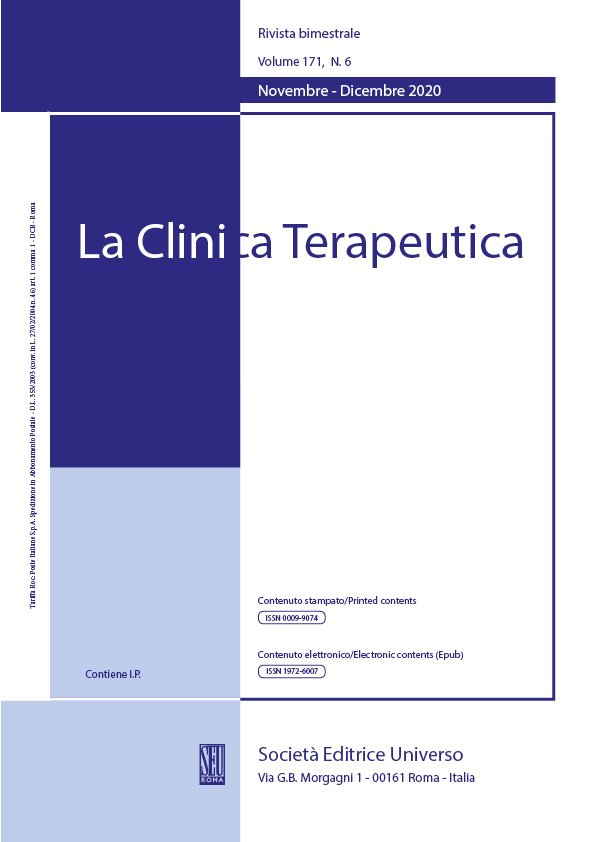Abstract
Introduction: Endothelial progenitor cells (EPCs) play a role in preventing endothelial dysfunction and increasing the angiogenesis process. Regular training increases these cells. Turmeric Curcumin has anti-inflammatory and anti-atherosclerotic properties.
Animal, Materials and Methods: 49 Wistar rats were randomly assigned to control (C), Saline (S), curcumin (cur), moderate interval training (MIT), high interval training (HIT), MIT+cur And HIT+cur. The training groups trained 8 weeks,3 sessions per week and 40 minutes each session at 28 and 34 m / min. 48 hours after the last training, The gene expression of the CD34 and KDR was measured by Real-time PCR and CRP usesthe ELISA method.
Findings: CD34 and KDR mRNA in cur, MIT and HIT groups showed a significant increase compared to C and S groups.The highest levels of CD34 and KDR mRNA were observed in HIT+curgroup. While the increase of CD3 mRNA in HIT group was greater than the cur and MIT groups(P = 0.0001). KDR showed a significant increase in MIT and HIT groups compared to C, S, cur and MIT+cur groups. Serum CRP means significantly decreased in all experimental groups compared to C and S groups.
Discussion and Conclusion:The rate of increase in EPCs mRNA in response to aerobic training is dependent on training intensity. HIT training is likely to be more effective in the repair and development of coronary arteries. These findings can be useful for cell therapy and improve cardiovascular regeneration after injury and myocardial disorder, especially in elderly conditions.
Keywords:C Reactive Protein,Endothelial Progenitor Cells,Elderly,Moderate interval training, High interval training
Introduction: Endothelial progenitor cells (EPCs) play a role in preventing endothelial dysfunction and increasing the angiogenesis process. Regular training increases these cells. Turmeric Curcumin has anti-inflammatory and anti-atherosclerotic properties.
Animal, Materials and Methods: 49 Wistar rats were randomly assigned to control (C), Saline (S), curcumin (cur), moderate interval training (MIT), high interval training (HIT), MIT+cur And HIT+cur. The training groups trained 8 weeks,3 sessions per week and 40 minutes each session at 28 and 34 m / min. 48 hours after the last training, The gene expression of the CD34 and KDR was measured by Real-time PCR and CRP usesthe ELISA method.
Findings: CD34 and KDR mRNA in cur, MIT and HIT groups showed a significant increase compared to C and S groups.The highest levels of CD34 and KDR mRNA were observed in HIT+curgroup. While the increase of CD3 mRNA in HIT group was greater than the cur and MIT groups(P = 0.0001). KDR showed a significant increase in MIT and HIT groups compared to C, S, cur and MIT+cur groups. Serum CRP means significantly decreased in all experimental groups compared to C and S groups.
Discussion and Conclusion:The rate of increase in EPCs mRNA in response to aerobic training is dependent on training intensity. HIT training is likely to be more effective in the repair and development of coronary arteries. These findings can be useful for cell therapy and improve cardiovascular regeneration after injury and myocardial disorder, especially in elderly conditions.
Keywords:C Reactive Protein,Endothelial Progenitor Cells,Elderly,Moderate interval training, High interval training
Introduction: Endothelial progenitor cells (EPCs) play a role in preventing endothelial dysfunction and increasing the angiogenesis process. Regular training increases these cells. Turmeric Curcumin has anti-inflammatory and anti-atherosclerotic properties.
Animal, Materials and Methods: 49 Wistar rats were randomly assigned to control (C), Saline (S), curcumin (cur), moderate interval training (MIT), high interval training (HIT), MIT+cur And HIT+cur. The training groups trained 8 weeks,3 sessions per week and 40 minutes each session at 28 and 34 m / min. 48 hours after the last training, The gene expression of the CD34 and KDR was measured by Real-time PCR and CRP usesthe ELISA method.
Findings: CD34 and KDR mRNA in cur, MIT and HIT groups showed a significant increase compared to C and S groups.The highest levels of CD34 and KDR mRNA were observed in HIT+curgroup. While the increase of CD3 mRNA in HIT group was greater than the cur and MIT groups(P = 0.0001). KDR showed a significant increase in MIT and HIT groups compared to C, S, cur and MIT+cur groups. Serum CRP means significantly decreased in all experimental groups compared to C and S groups.
Discussion and Conclusion:The rate of increase in EPCs mRNA in response to aerobic training is dependent on training intensity. HIT training is likely to be more effective in the repair and development of coronary arteries. These findings can be useful for cell therapy and improve cardiovascular regeneration after injury and myocardial disorder, especially in elderly conditions.
